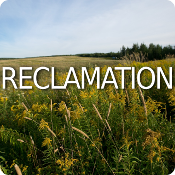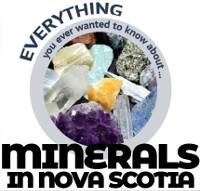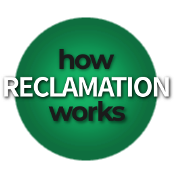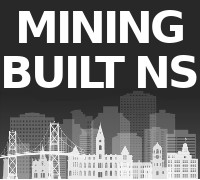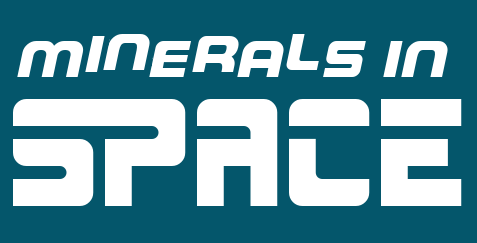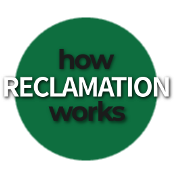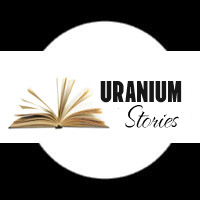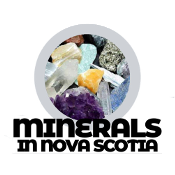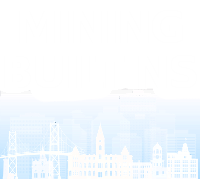- Why Mining Matters
- Jobs
- Safety
- Environment & Operations
- FAQ
- Links
- Fun Stuff
You are here
Ingonish Beach
Former mines and quarries are often hidden in plain view!
Gypsum was quarried in beautiful Ingonish Beach from 1924-1929. 240,000 tons of it were extracted at the shore in Williams Cove, near Keltic Lodge and the Cabot Trail.
The Canada Cement Company owned the quarry because a small amount of gypsum is added in cement manufacturing to control the “setting” of cement. Without gypsum, the cement will harden immediately after mixing in water, leaving no time to transport or place the concrete.
The quarry was worked to a depth of 35 feet, with a width of over 100 feet and a length of over 600 feet.
The rock was drilled by jackhammer drills and “40% dynamite” was used to break it free from the quarry’s working face. (Dynamite is usually rated by its nitroglycerine content so 40% dynamite contains 40% nitroglycerine.)
Three electrically-operated Marion No. 21 shovels (excavators) with ¾ cubic yard buckets loaded the blasted gypsum into rail cars, each with a capacity of 9-tons (see picture below).
Rails were laid throughout the quarry to carry the gypsum to the foot of the incline to the crusher plant. Three gasoline-powered locomotives hauled the cars in the quarry.
A 25-horse power electric hoist hauled the cars up the incline where they were dumped into a bin above the crusher. The rock passed through a series of crushing units until it was reduced to four-inch pieces or smaller in order to facilitate loading and unloading operations.
From the crushing plant, the gypsum was conveyed on a 24-inch belt, 200 feet long, to the 6,000-ton storage bin at the end of the shipping pier. At the pier, the rock was loaded onto steamers for shipment to Montreal and the United States.
Today, most gypsum is used in manufacturing wallboard/drywall, which was invented in the United States in 1918. Plaster made from gypsum was sandwiched between two sheets of paper and within ten years, large scale production was revolutionizing the construction industry.
Wallboard is used in most buildings and an average home has about seven tons of gypsum in its walls. Nova Scotia has traditionally been one of the largest global providers of gypsum.
Most walls in Nova Scotia contain gypsum quarried in the province.
Safety is the main reason gypsum is in wallboard. Gypsum is 21% water at the molecular level so it slows the spread of fire and helps save lives.


